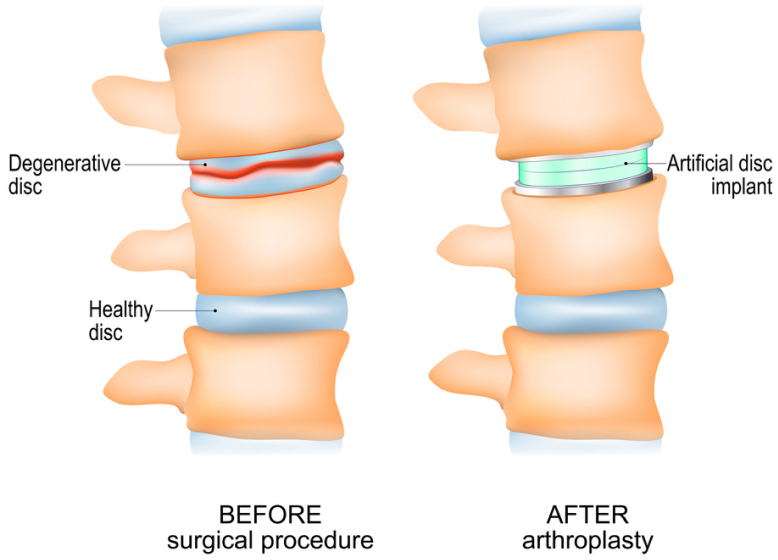A herniated disc leaves little room for nerve roots as it begins to degenerate and collapse. The constricted space becomes a major source of pain, numbness, and tingling that radiates to your arm. The purpose of removing the damaged disc and replacing it with an artificial disc, recommended by spine doctors in Bangalore, is to alleviate the pressure on compressed nerves, allowing them to heal and function properly. However, replicating the natural disc's shape and function with an artificial disc poses a considerable challenge.
Fortunately, advanced medical technology has made it possible to develop several artificial cervical discs to treat disc problems causing chronic neck pain and weakness.
At Spine 360, Cervical ADR or C-ADR is recommended by our surgeons as an alternative to ACDF or Anterior Cervical Discectomy and Fusion. Cervical disc surgery in young individuals, especially fusion surgery, can increase the incidence of side effects like neck stiffness or adjacent segment disc disease. Putting in an artificial disc can overcome these limitations and restore normal cervical spine (neck) movement, thus improving the overall outcome.

